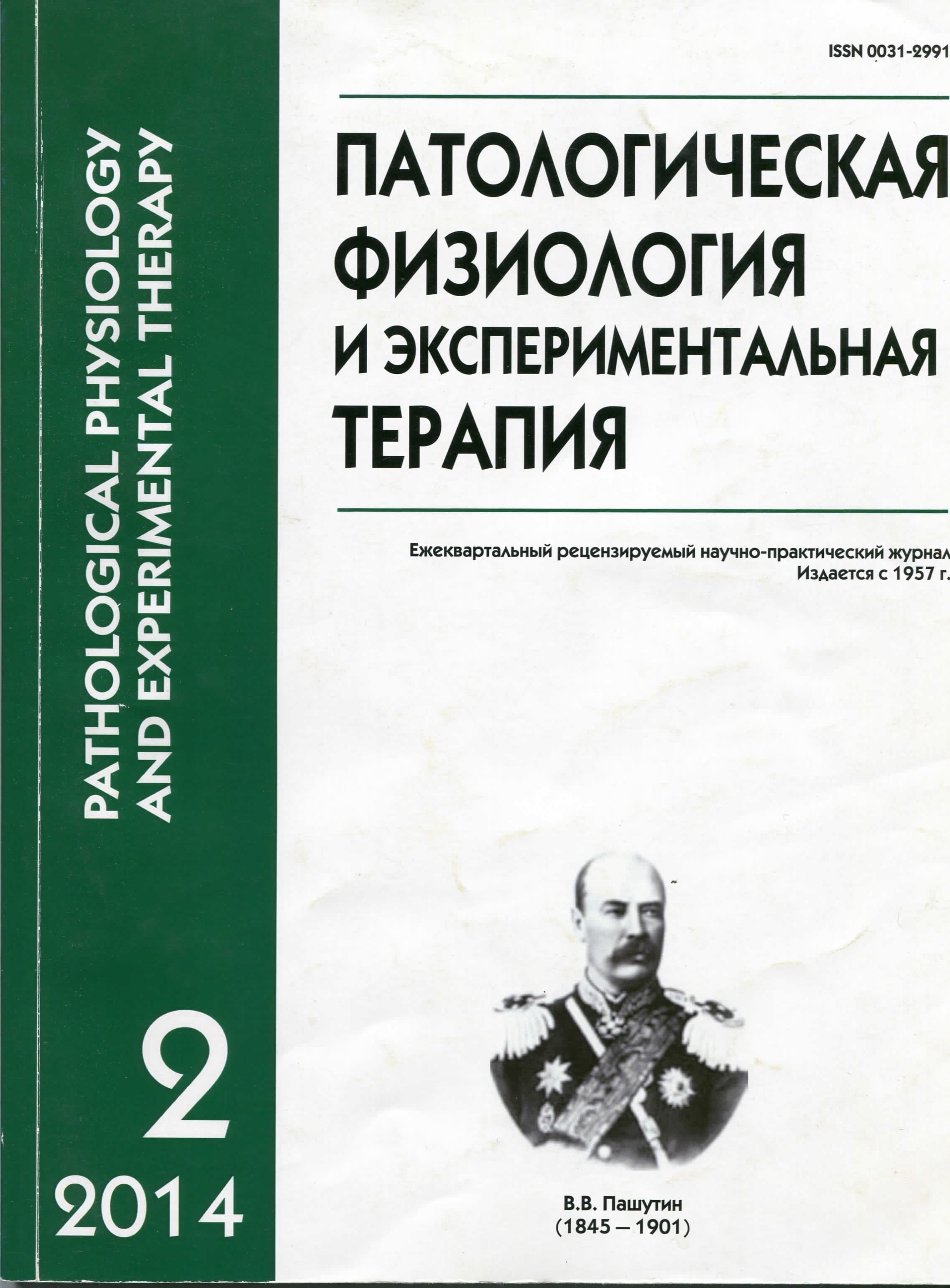Circulating in blood plasma cell-free DNA in the pathogenesis of ischemic stroke: the role of the transcribed region of ribosomal repeat
Keywords:
ischemic stroke, infarct volume, neurological deficit severity, cell-free DNA, circulating DNA, endonucleases, rDNA, CpG-DNA motifs, satellite III (1q12), drag-reducing polymer
Abstract
It has been established that DNA, in addition to its basic functions (storage and realization of genetic information), also carries CpG-rich sequences having immunopotentiating properties. In this study we investigated the dynamics of the quantitative and qualitative characteristics of cell-free DNA (cfDNA) circulating in blood plasma of patients with acute ischemic stroke compared with the biomechanics of their blood samples flow, cerebral infarct volume and dynamics of neurological disorders. The results obtained revealed a new drag-reducing function of the circulating cfDNA and its important role in a regulation of blood flow hydrodynamic resistance in conditions of disturbed cerebral circulation. Moreover, our results showed a dependence of cerebral infarct volume and clinical picture dynamics on the plasma concentration of transcribed region of ribosomal repeat CpG-rich sequences (rDNA). It was established a new function of rDNA fragments circulating in the total pool cfDNK, i.e., generation of the intercommunication between blood and brain cells to induce neuroprotection in ischemic stroke.Downloads
Download data is not yet available.
Published
12-06-2014
How to Cite
Konorova I. L., Maximova M. I., Smirnova I. N., Bolotova T. A., Ershova E. S., Veiko N. N., Suslina Z. A. Circulating in blood plasma cell-free DNA in the pathogenesis of ischemic stroke: the role of the transcribed region of ribosomal repeat // Patologicheskaya Fiziologiya i Eksperimental’naya Terapiya (Pathological physiology and experimental therapy). 2014. VOL. 58. № 2. PP. 13–23.
Issue
Section
Original research






